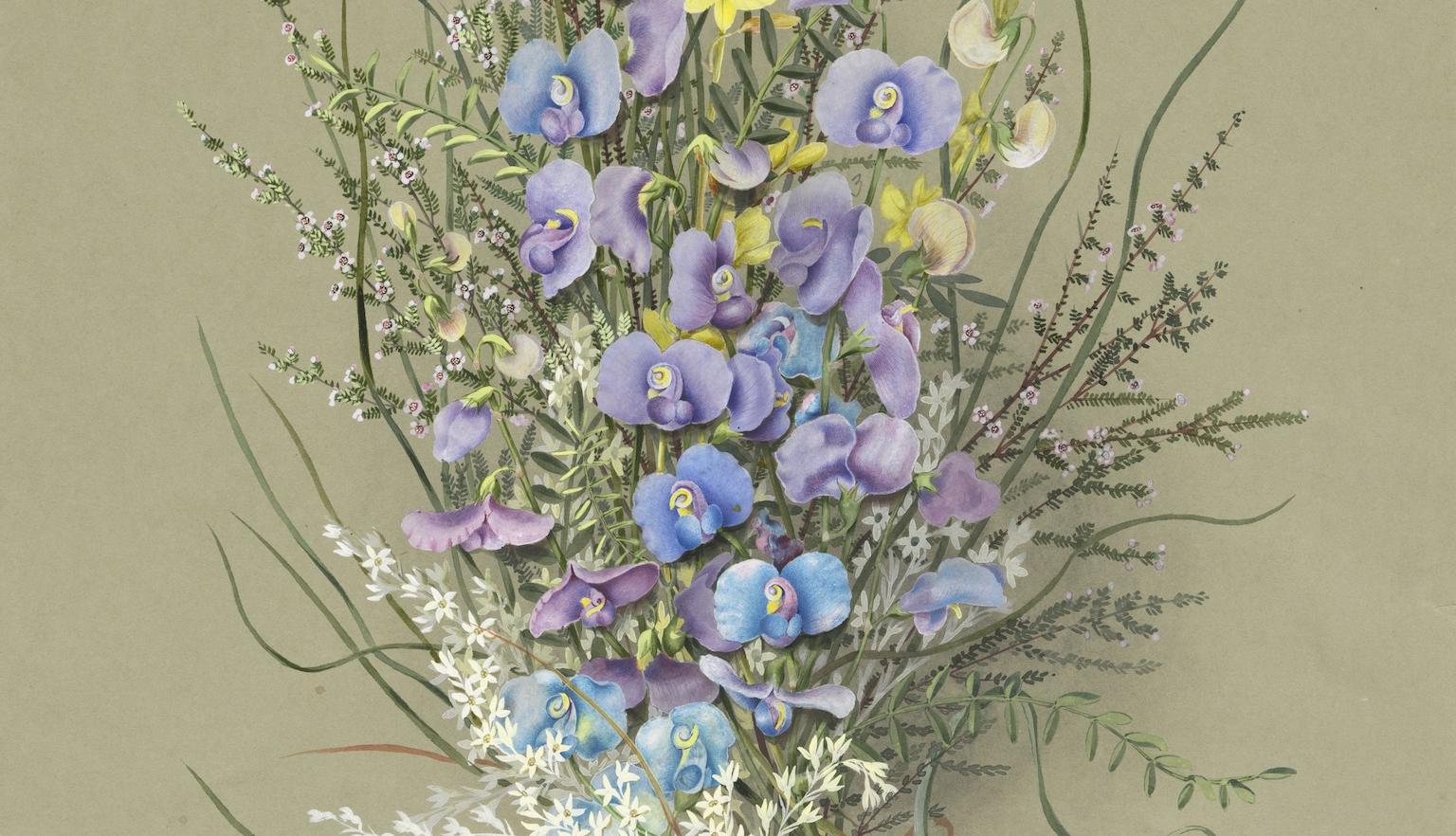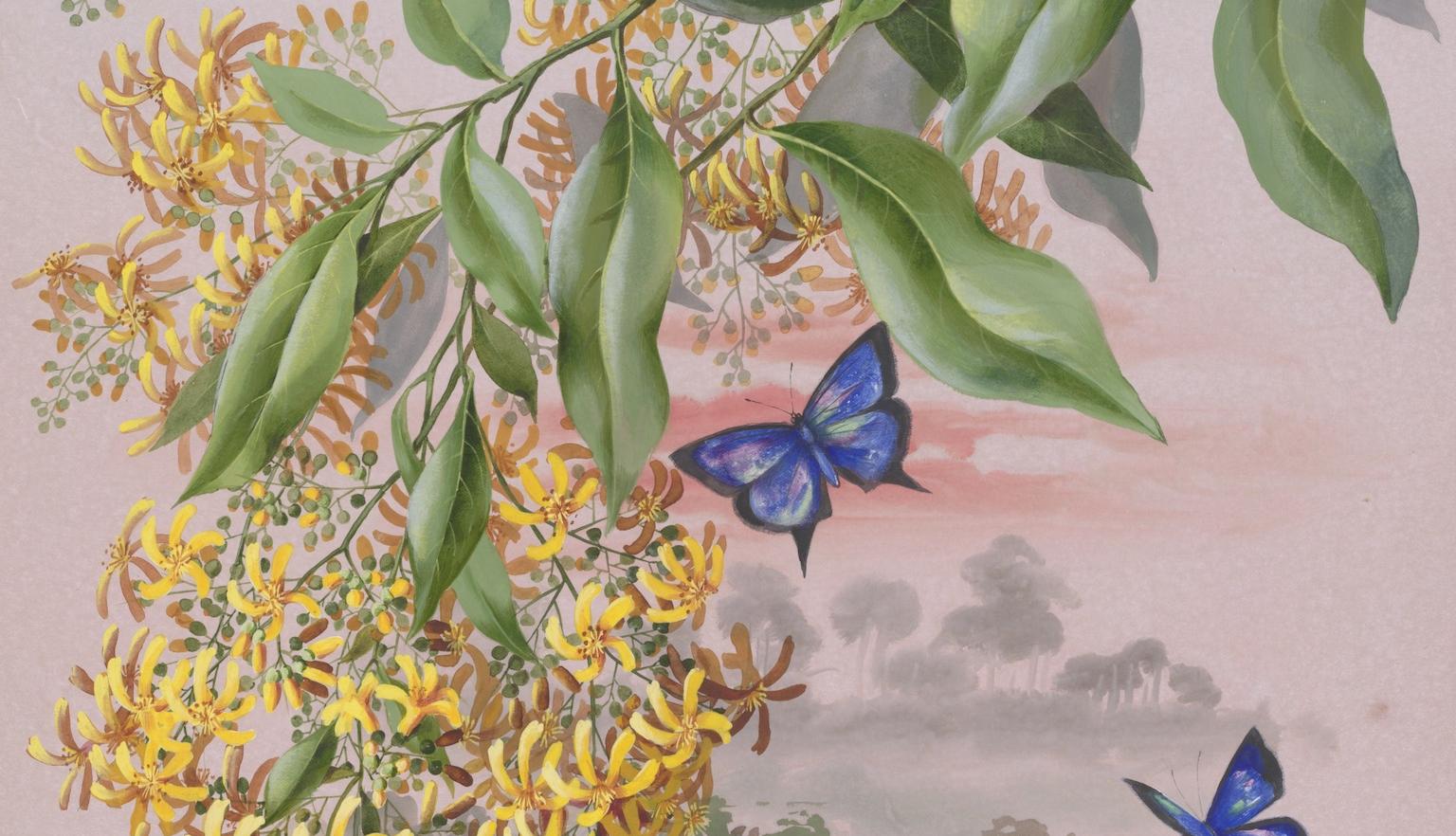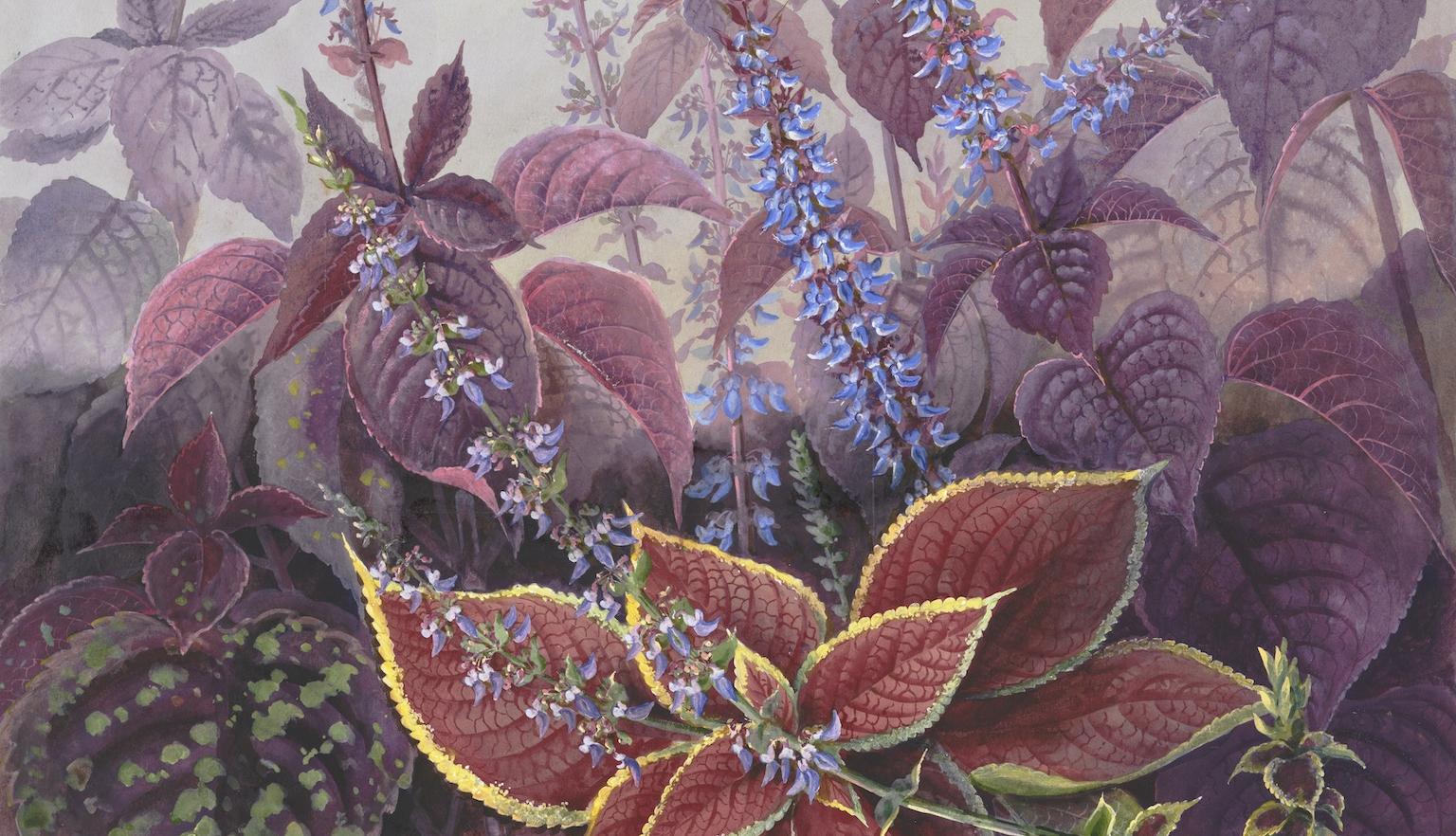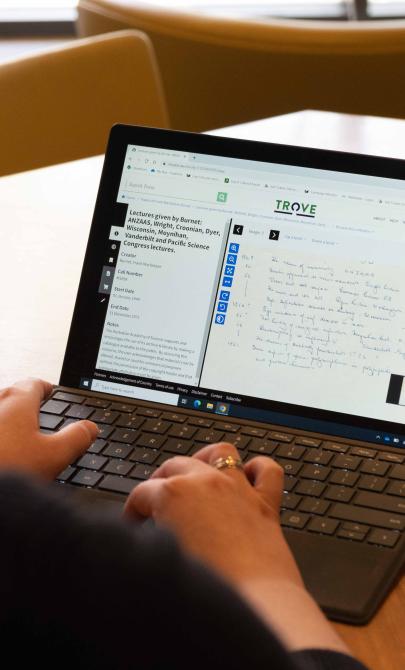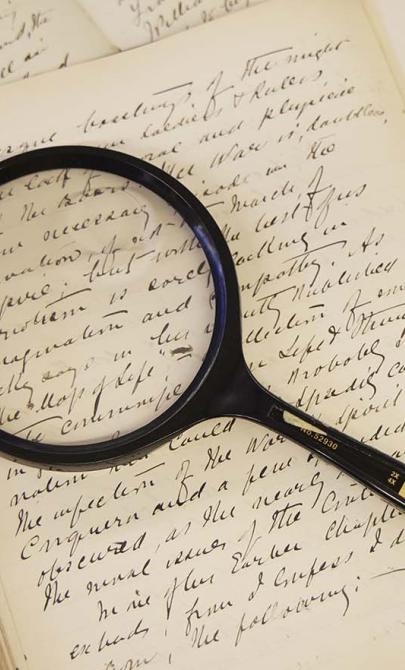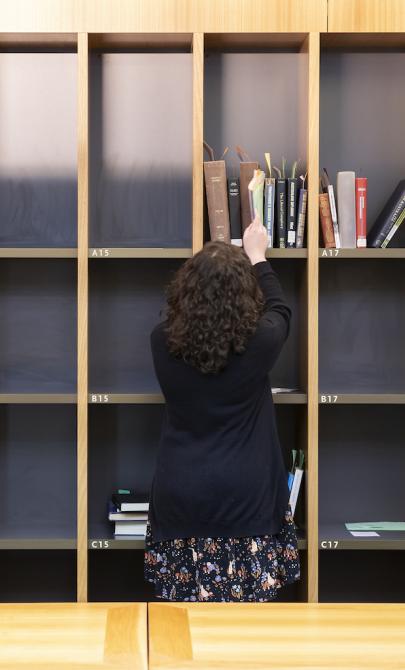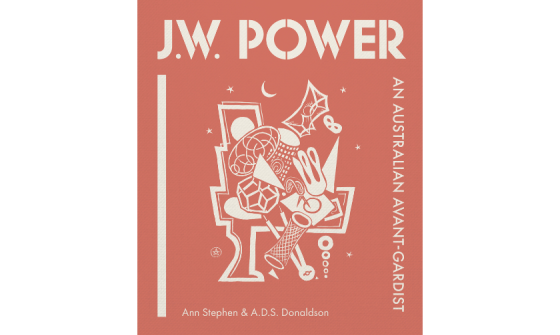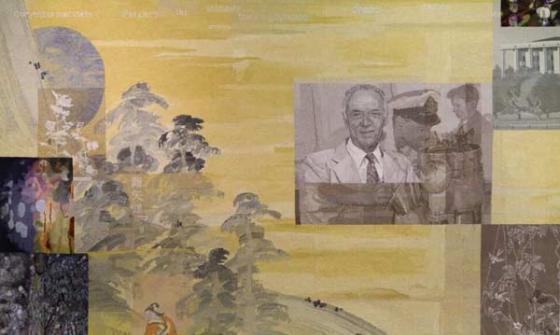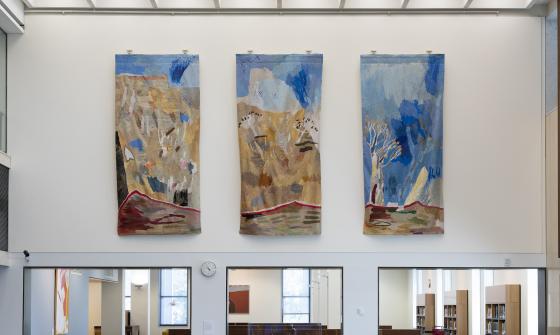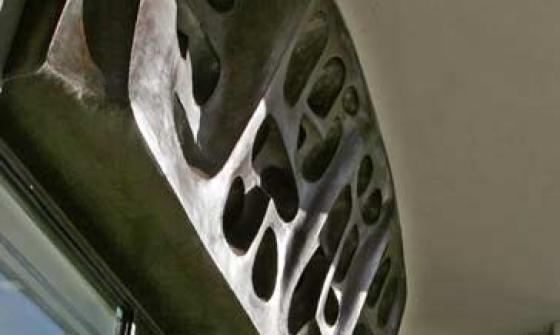Ellis Rowan Collection
Collection highlights
Key items in the collection
Highlights from this collection demonstrate its historical significance and variety.
The Ellis Rowan Collection comprises 919 watercolours and gouaches painted between about 1870 and 1920. About two-thirds of the paintings depict Australian wildflowers, while one-third are of flowers and birds of Papua New Guinea and the Torres Strait Islands.
There are 81 bird paintings.
Most of the Australian works were painted in Queensland and Western Australia, but flowers of all the states are represented in the collection. Many of the paintings contain brief inscriptions on the reverse, giving the name of the flower or bird, or the place where they were seen.
Some of the inscriptions were written by Rowan, others by associates such as Ferdinand von Mueller and CJ White. The early paintings are generally dated, but virtually none is dated after 1889.
The collection in the Library is probably less than one-third of Rowan's total output. She had remarkable skill and was able to apply the paints without the aid of pencil under-drawings. Although many of the works lack inscriptions, the subjects are portrayed accurately and can be identified with reasonable certainty.
Rowan had rudimentary training as a botanist and consequently she was not a botanical illustrator like Ferdinand Bauer. She did not set out systematically to paint the flora of a region. Her prime task was to make artistic compositions and she tended to paint the more colourful and attractive flowers in close-up compositions, juxtaposed against scenery or a distant sky. She often painted bunches of wildflowers.
The following are some of the Australian flower genera depicted in the paintings:
- acacia
- alyogyne
- banksia
- boronia
- calytrix
- capparis
- clematis
- clerodendrum
- correa
- Dryandra
- eremophila
- erythrina
- eucalypytus
- eugenia
- gardenia
- gompholobium
- hakea
- hibiscus
- melaleuca
- nymphaea
- olearia
- pandanus
- pimelea
- scaevola
- stylidium
- thysanotus
- verticordia
- wistaria.
The New Guinea flower genera include:
- amorphophallus
- bombax malabaricum
- frangipani
- hibiscus
- ipomea
- maniltoa
- pandanus and phaleria
while birds represented in the collection include:
- birds of paradise
- bowerbirds
- cockatoos
- flying foxes
- fruit pigeons
- herons
- hornbills
- kingfishers
- lorikeets
- riflebirds
- starlings
- swifts.
There is one painting of tropical fish.
The Library holds an oil portrait of Rowan by Sir John Longstaff, painted in 1926 and based on a photograph. It also has several photographs of Rowan, including:
- a portrait by William J Stubbs
- a photograph of Rowan and her son Eric (circa 1886)
- a photograph of Rowan painting at her easel (1887).
The Ellis Rowan Collection contains a small quantity of personal papers, including:
- letters to Rowan from Sir Ferdinand von Mueller (1892–1896)
- a list of medals awarded to Rowan
- notes by George Meudell on watercolours by Rowan, exhibited at Stanford University
- a cutting book – the cuttings are undated, but the book seems to date from 1895 to 1922. It includes a number of letters about the sale of the collection.
About Ellis Rowan
Marian Ellis Ryan (1848–1922) was born in Melbourne. Her father was a grazier. Her maternal grandfather was John Cotton, who wrote and illustrated 2 books on English birds.
She attended a girls' school in Melbourne, with no training in art.
In 1873, she married British army officer Frederic Rowan. They lived in New Zealand for 4 years before returning to Melbourne, where Frederic pursued a business career. He died in 1892, aged around 48 years old.
Artistic journey and botanical influence
As a young woman, Rowan began to paint wildflowers, birds, insects and butterflies and she continued to do so for the rest of her life. Her interest in botany was encouraged by Ferdinand von Mueller, who was a friend of her father.
International recognition and travels
From 1879 onwards she exhibited works at numerous international exhibitions and was awarded:
- 10 gold medals
- 15 silver medals
- 4 bronze medals.
Ellis was awarded the highest honours at the 1888 Centennial International Exhibition in Melbourne.
Travelling
She travelled widely in Australia and, in particular, made 6 trips to Queensland.
After the death of her husband in 1892, she spent many years overseas. In England, Queen Victoria accepted 3 of her paintings and, in the United States, Rowan illustrated 3 botanical books by Alice Lounsberry.
Rowan twice visited Papua and New Guinea between 1916 and 1918 and, with the help of native guides, succeeded in finding and painting from life 25 species of birds of paradise.
Exhibitions
Ellis exhibited 189 paintings in Melbourne in 1918 and 2 years later she held an exhibition of 1,000 paintings in Sydney, the largest solo exhibition to have been held in Australia.
Writer
Rowan was the author of:
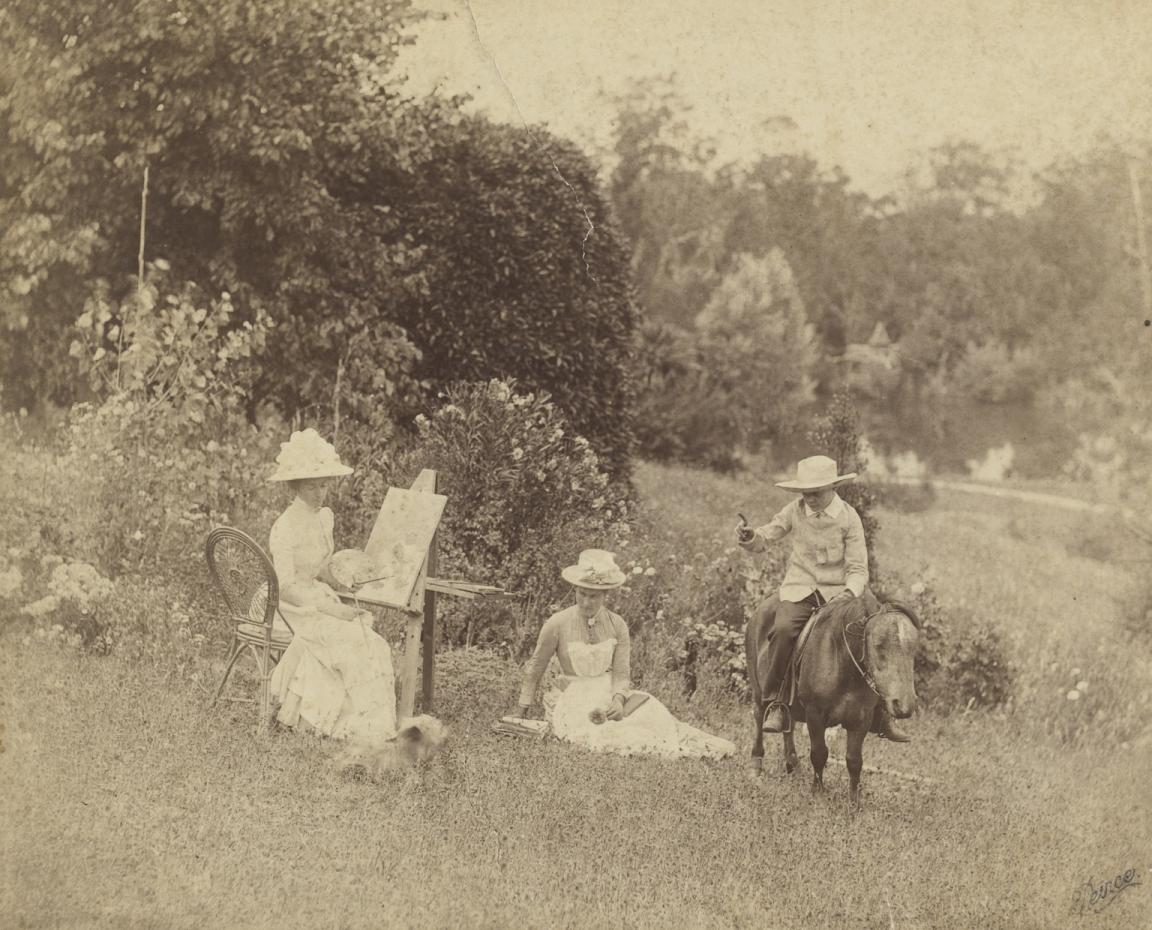
Pence, Ellis Rowan sketching Mary Moule sitting on the ground, 1887, nla.gov.au/nla.obj-136503457
Pence, Ellis Rowan sketching Mary Moule sitting on the ground, 1887, nla.gov.au/nla.obj-136503457
Background to the collection
The Australian Government agreed to purchase the paintings of Rowan in 1921, but criticism in Parliament and disagreements about the price caused delays.
In 1923, the Government finally purchased 952 paintings from Rowan's sister, Blanche Ryan.
The collection was stored in the Treasury vaults in Melbourne until 1933, when 947 of the paintings were transferred to the Commonwealth National Library. (The other 5 were placed in Government House.)
In 1953, many of the paintings were lent by the Library to Australian diplomatic posts and other government agencies. Most were returned to the Library between 1968 and 1970, but 28 were lost.
The papers of Rowan were donated by Lady Casey, the niece of Rowan, in 1956 and 1968.
The paintings by Rowan, the portrait by Longstaff and the photographs are held in the Pictures Collection.
Most of the paintings have been individually catalogued and digitised. The catalogue descriptions are based partly on the inscriptions and partly on the conclusions of botanists who have studied the collection.
The personal papers are held in the Manuscripts Collection, including the:
The following books are available for purchase:
- Ellis Rowan (2024)
Featuring 80 stunning watercolours and gouaches from the National Library's collection and with an essay by Patricia Fullerton, this book offers a glimpse into pioneering botanical artist Ellis Rowan’s extraordinary career as a painter, naturalist and explorer. - Ellis Rowan – A life in pictures (2020)
The extraordinary Ellis Rowan was no mere 'lady flower painter'. To great effect, she cast herself in the role of 'intrepid lady explorer' and became as well known for her lively accounts of flower-hunting exploits as for her paintings.
Paintings by Rowan are held in the National Gallery of Australia and most of the state galleries.
The Queensland Museum holds 125 flower drawings that were acquired from Rowan in 1912.
In 1995, a collection comprising of 36 paintings of butterflies was sold at Christie's in London for £183,900 (in 2025 in AUD, valued at between $545,000 and $772,000).
This guide was prepared using these references:
- Australian National Library, Flower Paintings of Ellis Rowan: From the Collection of the National Library of Australia, National Library of Australia, Canberra, 1987 (with introduction by Margaret Hazzard).
- Patricia Fullerton, The Flower Hunter: Ellis Rowan, National Library of Australia, Canberra, 2002.
- Margaret Hazzard, Australia’s Brilliant Daughter, Ellis Rowan: Artist, Naturalist, Explorer, 1848–1922, Greenhouse Publications, Melbourne, 1984.
- Margaret Hazzard, Rowan, Marian Ellis (1848–1922), Australian Dictionary of Biography online
- Judith McKay, Ellis Rowan, a Flower-hunter in Queensland, Queensland Museum, Brisbane, 1990.
- Christine and Michael Morton-Evans, The flower hunter: the remarkable life of Ellis Rowan, National Library of Australia, Canberra, 2009.
- HJ Samuel, Wild Flower Hunter: The Story of Ellis Rowan, Constable, London, 1961.

